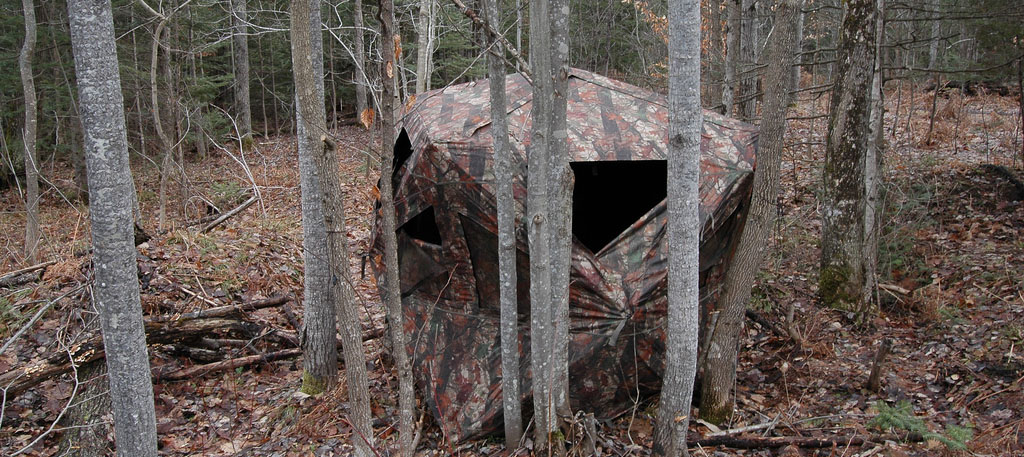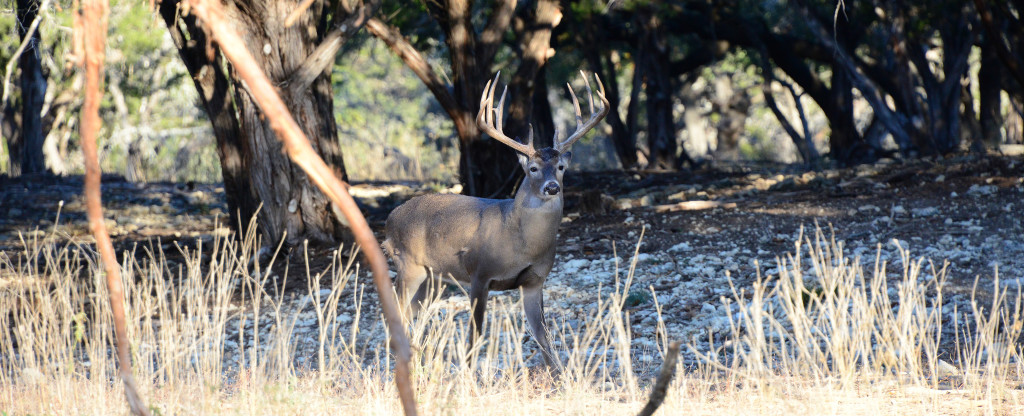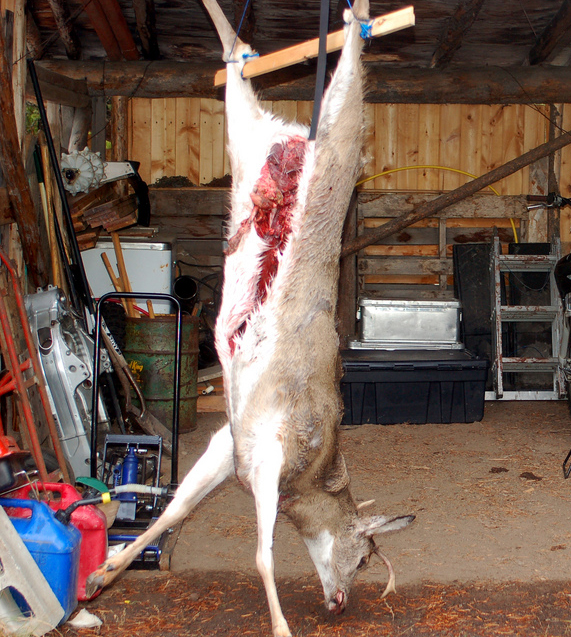 Are you moose hunting for the first time or want to increase your chances of bagging one? The first step is to learn a little bit about the animal.
Are you moose hunting for the first time or want to increase your chances of bagging one? The first step is to learn a little bit about the animal.
For ultimate success, a hunter should gain an understanding about the animal they are hunting before they ever leave the comfort of home, regardless of the kind of animal. After all, if you don’t understand much about the critter and what its habits are, your chances of getting one is hit and miss at best, no pun intended.
General Moose Information
The moose, known as elk in Europe and Asia, is the largest member of the deer family. A moose can reach a height of seven feet at the shoulder and weigh 1800 pounds or more. There are three sub-species of moose and none of them are small animals.
Moose live in northern regions where the ground is boggy and marshy. They are strictly herbivores and must eat a great deal of vegetation every day in order to maintain their great bulk. Moose are also excellent swimmers and combine swimming and eating by consuming aquatic plants when possible.
This creature requires cold temperatures, however. They can overheat easily and at temperatures that are much above 50F, can suffer from heat exhaustion. For this reason, they are seldom found in warmer areas.
If the area is cool or cold and has both water and plants to eat, though, a moose is right at home. They have hollow hair, which not only protects them against the cold, it also makes a moose more buoyant in the water. This is a big part of the reason the animals are so often found in or around water.
What This Means for the Moose Hunter
Someone who is hunting moose can use this information to their advantage. For instance, there is no reason looking for a moose in a place that is warm or which doesn’t have ample supplies of water. In neither case are the conditions right for this big animal to survive and flourish.
A hunter will also know that the place to look for them is where there is abundant vegetation for them to eat. This doesn’t always mean tender water vegetation, as a moose will also eat limbs, twigs and even bark. In fact, the word “moose” comes from an American Indian word that means “eater of twigs”.
It can be expected that moose will often be in or very near water. This should not only give the hunter an idea of where to look for them, it should also cause the hunter to have a bit of consideration in regard to what they are going to do once they bring a big bull down. Since they can be close to a ton in size, they aren’t normally all that difficult to see, but once they have been shot and killed, the hunter is left with the task of getting them out of the water or otherwise to a place where they can be loaded up for transport.
Rifle for Moose Hunting
Knowing that this animal is so large can additionally give a hunter a clue in regard to the best rifle to use for hunting a moose. While a carefully placed shot from a smaller caliber weapon can kill the moose, it is probably a far better idea to use a heavier caliber gun, such as a rifle that is at least .300 caliber or larger. Few hunters want to just wound a big bull. The problem isn’t so much that they would need to track the animal, but rather than this can cause the moose to become highly irritated. It isn’t a good idea to have 1800 pounds of angry moose bearing down on you.
There is an old adage that holds very true in the case of the moose; know the animal you are hunting. The more you know about the creature, the better your chances of successfully bagging one will become. This is true of any animal you go hunting for, however far too many people have gone moose hunting without knowing much about this huge deer species. That is a mistake that can come back to haunt them.
Be wise and get to know the moose before you go out hunting for one. You’ll be thankful that you did.
Image by tpsdave



